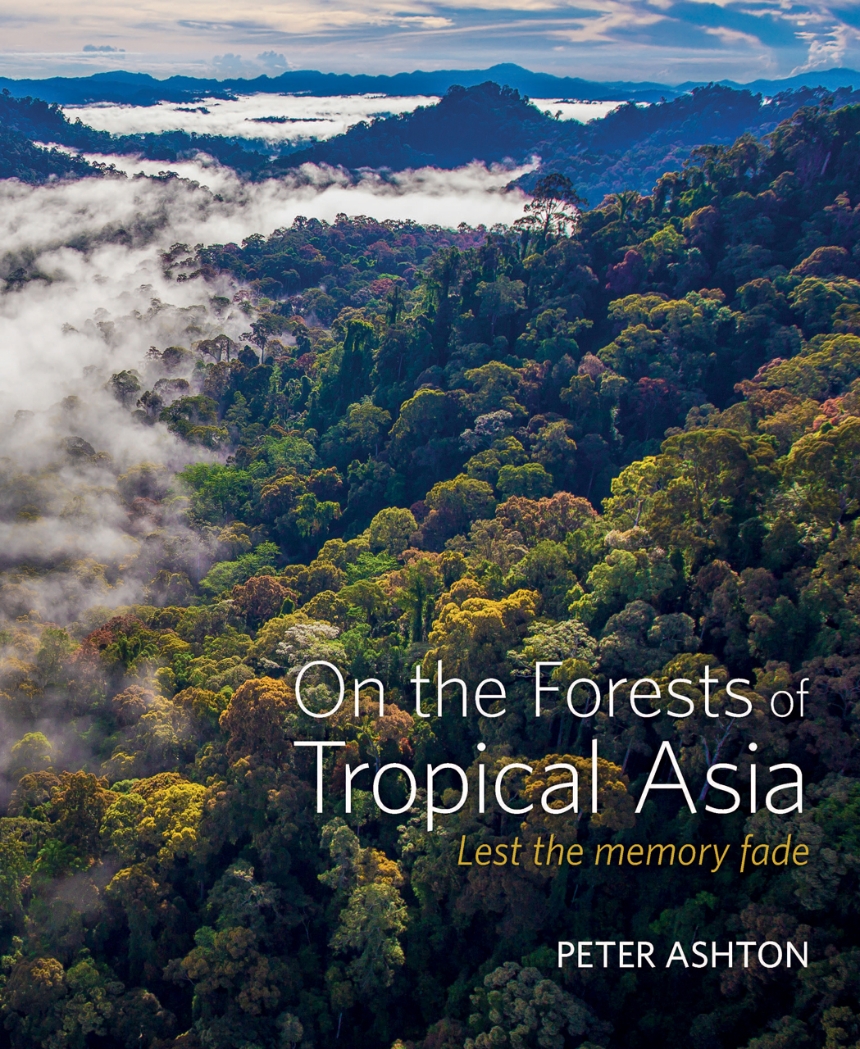9781842464755
9781842465165
Thousands of years ago, Asia was filled with forests that connected ecosystems from the foot of the Himalayas to the shores of the Pacific. Today, more than half of these woodlands are gone, mostly due to the demands of commerce and industry. And while conservation efforts are underway, more parcels disappear every year. On the Forests of Tropical Asia is a timely record of current forests and a much-needed explanation of the role humans played in the devastation and redevelopment of these forests.
On the Forests of Tropical Asia is the first book to describe the forests of the entire tropical Asian region, from Sind to New Guinea. It opens with chapters on physical geography and geological history and then moves on to address forest and tree structure and dynamics, floristics, and symbiotic organisms, as well as genetics, evolutionary history, species diversity, and human impact. A final chapter covers future policy and practice options for saving what remains. Hundreds of full-color illustrations serve as a lasting testimony to the diverse forests. Ashton combines existing research with his own experience and collaborations, creating a broad, comprehensive understanding of forest variation. By presenting a clear picture of where the forests stand today, he offers a framework for future research, policy, and conservation.
On the Forests of Tropical Asia is the first book to describe the forests of the entire tropical Asian region, from Sind to New Guinea. It opens with chapters on physical geography and geological history and then moves on to address forest and tree structure and dynamics, floristics, and symbiotic organisms, as well as genetics, evolutionary history, species diversity, and human impact. A final chapter covers future policy and practice options for saving what remains. Hundreds of full-color illustrations serve as a lasting testimony to the diverse forests. Ashton combines existing research with his own experience and collaborations, creating a broad, comprehensive understanding of forest variation. By presenting a clear picture of where the forests stand today, he offers a framework for future research, policy, and conservation.
Reviews
Table of Contents
Prologue: Structure and Purpose of this Book
Chapter 1: Tropical Asia as a special case: the physical environment
Chapter 2: Lowland forest form and function: reconciling light and drought
Part I: Lowland forests in an aseasonal climate
Part II: Forests of the seasonal tropics
Chapter 3: Patterns of species composition in Asian tropical lowland forests
Part I: Forests of the aseasonal regions
Part II: Seasonal forests: the influence of seasonality in rainfall and temperature overlays that of geology and soil
Chapter 4: The mountain forests: abode of clouds
Chapter 5: Trees and their mobile links: third parties that mediate natural selection
Chapter 6: The palimpsest of history as reflected in geographical distributions
Chapter 7: Forest and tree taxon diversity: why does it vary, and how is it maintained?
Chapter 8: People and the forest: a tightly interwoven tapestry has frayed
Chapter 9: The future: can we retain forest options profitably?
Glossary
References
Index
Scientific and common names
Place names
Chapter 1: Tropical Asia as a special case: the physical environment
Chapter 2: Lowland forest form and function: reconciling light and drought
Part I: Lowland forests in an aseasonal climate
Part II: Forests of the seasonal tropics
Chapter 3: Patterns of species composition in Asian tropical lowland forests
Part I: Forests of the aseasonal regions
Part II: Seasonal forests: the influence of seasonality in rainfall and temperature overlays that of geology and soil
Chapter 4: The mountain forests: abode of clouds
Chapter 5: Trees and their mobile links: third parties that mediate natural selection
Chapter 6: The palimpsest of history as reflected in geographical distributions
Chapter 7: Forest and tree taxon diversity: why does it vary, and how is it maintained?
Chapter 8: People and the forest: a tightly interwoven tapestry has frayed
Chapter 9: The future: can we retain forest options profitably?
Glossary
References
Index
Scientific and common names
Place names

